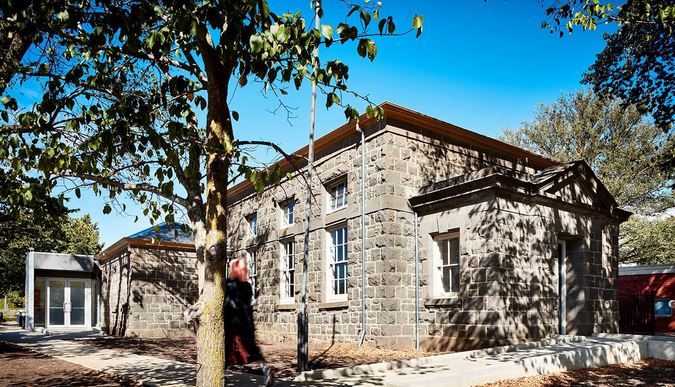May 26th, 2022Glen about the house
Winter proof your precious house plants
Most, if not all the plants we grow indoors originate from tropical or sub-tropical regions where in winter the temperatures are moderate and the humidity relatively low. In other words, much warmer days and nights than anything Central Victoria has on offer with temperatures generally rather low and the atmosphere correspondingly damp to wet. (OK, let’s not kid ourselves – it’s mostly bloody freezing!)
It’s under these conditions that indoor plants suffer the most, usually from over-watering and a lack of natural warmth and light. Obviously few plant species, apart from the hard, glossy-leafed ones, can withstand the onslaught of direct afternoon summer sunlight through an exposed window. But there is nothing wrong with placing any of them in a well-lit, south-facing window with long hours of indirect sunlight.
Winter watering control
During summer months the moisture content of a pot’s soil will drop within a few hours of watering, even in poorly drained soil, so that the plant does not suffer from wet feet. In winter however water stays in the soil so much longer, leaving the plant open to infection by root rot and other diseases brought about by micro-organisms.
Symptoms of overwatering are a general yellowing of the plant and the drooping and eventual dropping of the older leaves.
There is only one correct way to water plants during winter or indeed throughout the year and that is to give them a good soaking drink when, and only when, they are dry. Allow the water to soak right down through the soil. Test the soil by inserting your finger to the first knuckle. When the soil is dry right down to that knuckle you will know that it’s time to water again.
If potted plants are watered lightly and frequently it is difficult to really assess their needs. Although the top soil may kept damp the lower part where the roots are, may be either permanently dry or totally wet. Both conditions are equally dangerous for the plant.
Don’t feed them now because their need for sustenance decreases until the arrival of spring weather, besides unused fertiliser is likely to build up in the soil and can cause root damage.
One exception is the cyclamen which is now commencing growth and will rely on any nourishment as their flower buds form. Avoid repotting until spring as they will take hold of the new soil better when fresh growth is developing.
A good spot to place indoor plants which appear to be suffering is in your bathroom where steam from showers and baths raises the temperature and humidity a little closer to that of their natural environment. Also, don’t ever let your plants near an active gas heater, the fumes are deadly.
I’m pleased to say that after a lifetime of struggling to find the perfect spot for house plants, mostly in sunny (parched) South Australia and in a multitude of dwellings, I have found “houseplant heaven” on our Daylesford kitchen windowsill.
Not only does almost any plant placed there thrive and blossom, but I have had success in striking cuttings of quite a few relatively recalcitrant varieties including a couple of that elusive dinosaur, the Wollemi pine. Obviously, with my background and time amidst things botanical, I should hang my head in shame if I couldn’t.
I can also now for the first time get my African violets to survive and flower year round. There’s no magic, it’s simply because in making our house “climate friendlier’, we included double glazing throughout. Which, of course, added unfettered, year-long indirect sunlight to the other benefits of a pest free and consistently warm, greenhouse-like environment.
Got a gardening question: Email glenzgarden@gmail.com









